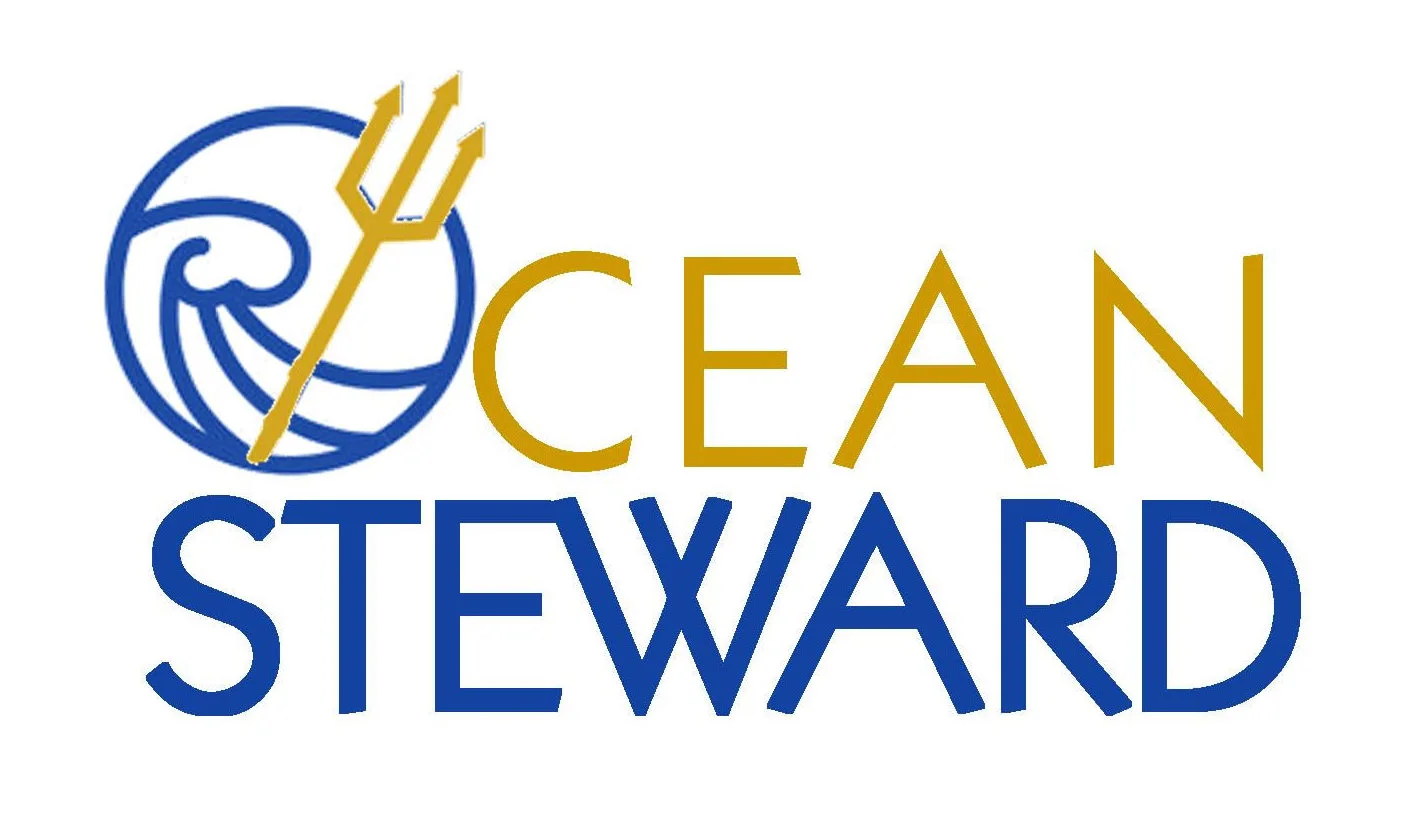After living on Guam for two and a half years, I find myself no longer in flip flops and shorts, but in business suits working in Washington, D.C. My friends may be wondering what I am doing in Washington. . . I am proud and honored to announce that I am a 2024 Sea Grant Knauss Fellow. This fellowship has been a dream of mine for the past six years. Many of my former and current mentors have been fellows and talked about the invaluable experience and all highly recommended I apply.
The Sea Grant John A. Knauss Marine Policy Fellowship Program is a yearlong fellowship that affords graduate students the opportunity to work at the nexus of marine science and policy. Fellows move to Washington, D.C., and are placed with a host (following a grueling week of interviews) in the legislative or executive branch of government. Executive Fellows are spread across the government including the National Oceanic and Atmospheric Administration, Environmental Protection Agency, Fish and Wildlife Service, Federal Emergency Management Agency, U.S. Coast Guard, and Oceanographer of the Navy. Legislative Fellows work in a senators or representatives office or work for a committee. There are a total of 85 fellows this year.
As an Executive Fellow, I serve in NOAA’s Office of Legislative and Intergovernmental Affairs (OLIA) working as a Congressional Affairs Specialist. Not only did I trade my mask and snorkel for a business suit and glasses, I traded my comfort and expertise for a brand-new experience that pushes me outside my comfort zone.
To understand my role, you need to understand the organization of NOAA. NOAA has six different Line Offices (National Marine Fisheries Service; National Ocean Service; National Environmental Satellite, Data and Information Service; Oceanic and Atmospheric Research; National Weather Service; and Office of Marine and Aviation Operations and NOAA Corps) each with their own congressional affairs division. Requests from the Hill cannot go to these individual offices. OLIA sits above all these offices with teams dedicated to each Line Office. Requests come through our office, and we engage with the respective congressional teams to fulfill requests. This works both ways with announcements and outreach going through us to the Hill.
My portfolio is large as I cover the National Marine Fisheries Service in the Northeast, Mid-Atlantic, and Great Lakes; Regional Collaboration Network, NOAA in the Caribbean, Arctic Action Team, and Office of Education.
I am officially just over two months into my fellowship learning as much as I can and taking every opportunity to interact and learn from those who have gone before me. The weeks are flying by. I cannot describe just how quickly this year is going; it feels as if my fellowship just began yesterday. Though the days are long, I am excited to learn how Washington operates.
I was fortunate to attend the Regional Collaboration Network (RCN) Annual Workshop that took place in Arizona, March 25 - 29. The RCN is a network of NOAA employees and partners representing the agency’s diverse capabilities across the country. Each of the eight total regions have their own coordinator, team lead, and team members. We began in Phoenix with a NOAA in Service activity with the Salt River Pima Maricopa Indian Community at the Cottonwood Wetland helping with trail maintenance and rebuilding a dam. Later, we packed over 1,000 heat relief kits for the community that saw tragedy last year with temperatures over 110 degrees for 30+ days! The result was heartbreaking with over 300 heat-related deaths.
The next two days were filled with presentations and panels about climate, the Arizona Heat Plan, water supply in the Southwest, extreme heat and resilience, and NOAA's heat initiatives. The next day we were in Tucson on the University of Arizona's campus meeting with the Tucson NWS Forecast Office. We were fortunate to tour the University of Arizona’s Laboratory of Tree Ring Research. I do not have enough amazing things to say about this lab - I was truly awe-inspired by the work they are doing and the technology applied to tree rings. The final two days, we traveled to Globe, Arizona, located east of Phoenix in the mountains where we met with leaders of the Apache tribe who shared their story, how climate change is impacting them, and how NOAA can help the community. We also spent a day at the Griffin Family Ranch learning about cattle ranching, the impact of climate change, work they are doing on the farm to mitigate damages, and their work with local partners.









The trip was eye opening and fascinating – especially when juxtaposed with the humid climes of Guam. I met so many dedicated people from all over the country and different parts of NOAA. I couldn't have asked for a better way to kick off my fellowship year.
Over the next few months, I plan to share my experience as a Knauss Fellow and write some stories that have backlogged from my time on Guam (a nice way for me to reminisce about the beautiful island while living in the city). I hope you will follow along!


